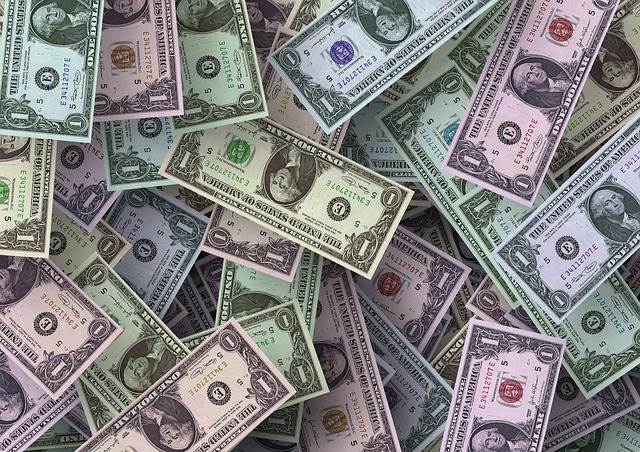 Despite measures from the U.S. government to bailout the country’s economy, the U.S. dollar still shows potential for significant volatility in the coming days, as traders vacillate between favoring the greenback and shedding the dollar in favor of safer assets. Traders dumped the dollar on Tuesday after the Federal Reserve announced an unprecedented stimulus plan and lawmakers announced their intention to inject $2 trillion into the country’s economy.
Despite measures from the U.S. government to bailout the country’s economy, the U.S. dollar still shows potential for significant volatility in the coming days, as traders vacillate between favoring the greenback and shedding the dollar in favor of safer assets. Traders dumped the dollar on Tuesday after the Federal Reserve announced an unprecedented stimulus plan and lawmakers announced their intention to inject $2 trillion into the country’s economy.
The Australian dollar continued its comeback from a multi-year low, gaining 1.33 percent against the greenback as of 2:48 p.m. HK/SIN on Wednesday, to trade at $0.604. The Loonie had surged as high as 2.2 percent higher on Tuesday before retreating. The Australian dollar still hovers near 2002 lows despite the recent gains. The Canadian dollar also saw gains, with the greenback down 0.754 percent against the Canadian dollar, to trade at $1.435. The euro and the pound also posted gains against the dollar during Wednesday’s Asian trading session.
The swift sale of the U.S. dollar is in stark contrast to trading activity just a few days ago, when traders clearly favored the greenback as they worried about the spread of the novel coronavirus. Weak data coming out of most countries is likely to confuse traders further; on Tuesday, manufacturing data out of the U.S. showed that manufacturing contracted the most on record, while data from the U.K. showed that manufacturing dropped to lows not seen since 1998. According to Bloomberg analysts, weak data may send traders back to the dollar despite the recent shift away.
Dropping oil prices are making great trade opportunities
Oil prices enjoyed continued gains on Wednesday, prompted in part by the weaker dollar and in part by the announcement of new stimulus measures that analysts expect will increase demand for oil.U.S. WTI futures surged 3.87 percent by the mid-afternoon in Asia, trading at $24.94 per barrel. Brent crude futures were up 2.95 percent to $27.95 per barrel.
Still, gains were tempered by the lingering price war between Russia and Saudi Arabia which is expected to take a downward turn once production is ramped up in April.
